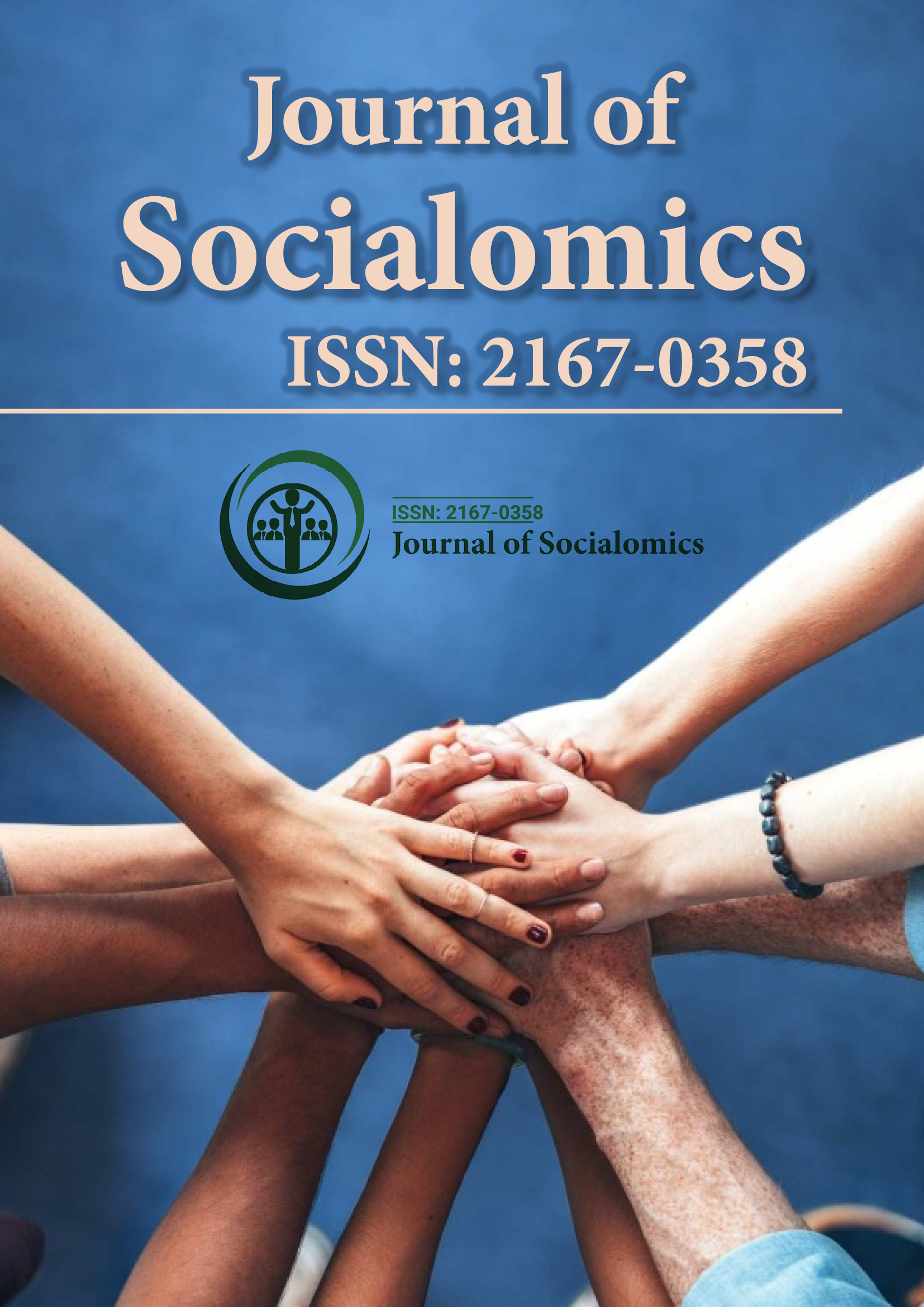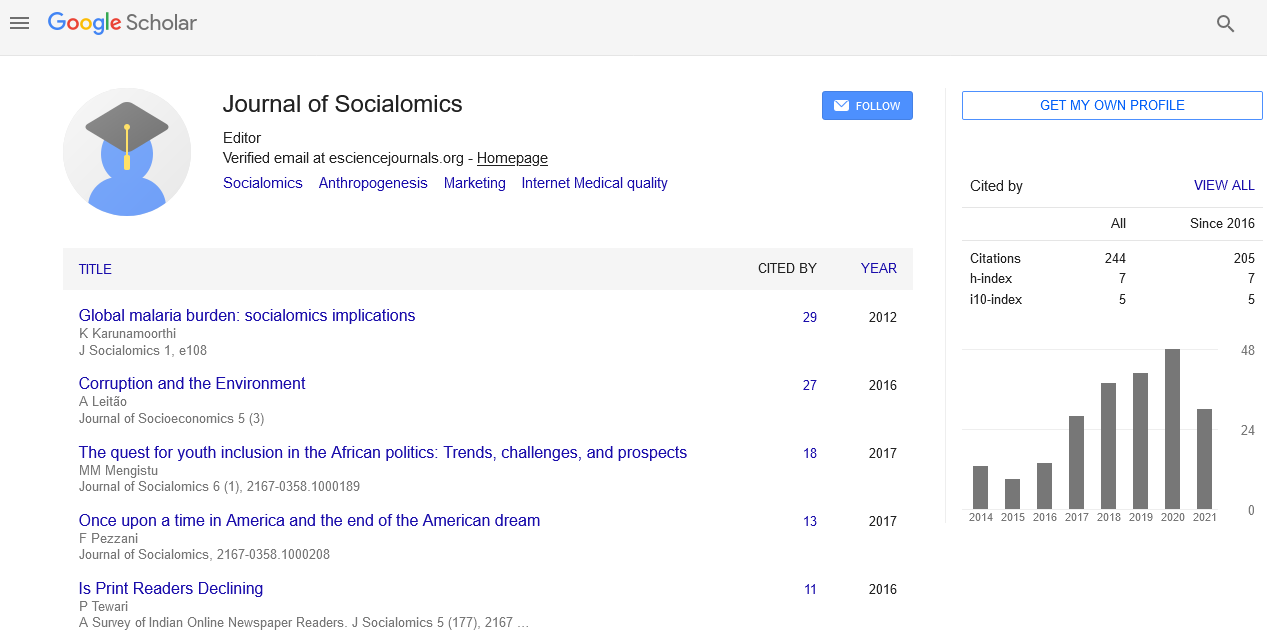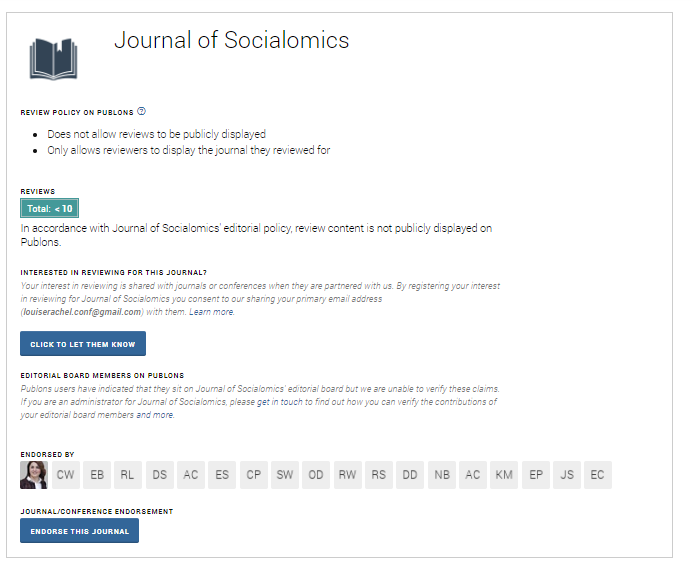Indexed In
- Open J Gate
- Genamics JournalSeek
- SafetyLit
- RefSeek
- Hamdard University
- EBSCO A-Z
- OCLC- WorldCat
- Publons
- Google Scholar
Useful Links
Share This Page
Journal Flyer

Open Access Journals
- Agri and Aquaculture
- Biochemistry
- Bioinformatics & Systems Biology
- Business & Management
- Chemistry
- Clinical Sciences
- Engineering
- Food & Nutrition
- General Science
- Genetics & Molecular Biology
- Immunology & Microbiology
- Medical Sciences
- Neuroscience & Psychology
- Nursing & Health Care
- Pharmaceutical Sciences
Opinion Article - (2025) Volume 14, Issue 2
The Influence of Public Transport Accessibility on Social Inclusion
Elena Petrova*Received: 26-May-2025, Manuscript No. JSC-25-29734; Editor assigned: 28-May-2025, Pre QC No. JSC-25-29734; Reviewed: 11-Jun-2025, QC No. JSC-25-29734; Revised: 18-Jun-2025, Manuscript No. JSC-25-29734; Published: 25-Jun-2025, DOI: 10.35248/2167-0358.25.14.269
Description
Urban development patterns have a direct impact on how residents participate in civic, economic, and cultural life. Among the various factors that determine urban accessibility, public transport holds particular significance. It not only enables physical mobility but also shapes the distribution of opportunity. When public transport systems are reliable, affordable, and wellintegrated, they support more inclusive cities. In contrast, poorly maintained or fragmented systems often restrict access to employment, education, and healthcare, particularly for those who cannot afford private alternatives.
Social inclusion is influenced by the ability of individuals to connect with essential services and activities beyond their immediate neighborhood. This ability depends on both geographic reach and service design. A well located bus stop may serve little purpose if schedules are irregular, routes are indirect, or waiting areas feel unsafe. For those living in peripheral areas, these challenges are compounded by greater distances and fewer transit options. In many cities, residents of lower-income neighborhoods face the longest commutes and the least reliable services, creating a structural barrier that limits upward mobility and social participation.
The design of transport infrastructure can unintentionally reinforce patterns of exclusion. Decisions about where to build new lines, which routes to prioritize, and how frequently to run services often reflect political priorities rather than public needs. Central business districts and affluent residential zones usually benefit from more frequent and direct connections. Meanwhile, underserved areas remain disconnected, reinforcing cycles of marginalization. These patterns are not always deliberate, but they reveal the consequences of planning without adequate input from those most affected.
Access to transportation is closely tied to employment. In cities with uneven development, many jobs are concentrated in specific zones, often far from where workers live. Without dependable transport, residents may be forced to turn down opportunities or accept positions with difficult or unsafe commutes. Some spend several hours per day in transit, reducing time available for family, education, or rest. The cost of daily commuting can also represent a significant portion of income for low-wage workers. These burdens accumulate over time, affecting health, productivity, and quality of life.
There have been efforts in some municipalities to make public transport more inclusive. These range from subsidized fares and wheelchair-accessible vehicles to mobile apps that provide realtime updates. Such measures can make a difference but are often implemented unevenly. For change to be meaningful, it must be sustained and supported by clear data on usage patterns, complaints, and service gaps. Community consultations, while occasionally conducted, must move beyond symbolic meetings to include genuine opportunities for shaping decisions.
Informal transport options, such as shared taxis, mini-buses, or community-organized shuttles, fill in some of the gaps left by formal systems. These alternatives offer flexibility and local knowledge but may lack safety standards or formal regulation. In some regions, they have been integrated into official transport strategies, while in others, they remain in legal grey zones. Balancing informality with safety and oversight is a continuing challenge for urban planners trying to serve diverse populations.
Conclusion
Transport accessibility is not only a logistical concern but a social one. It shapes who can participate in the life of the city and who is left out. Addressing disparities in public transport requires a commitment to equity, transparency, and responsiveness. Rather than focusing solely on efficiency or profit, cities must consider the broader impact of transport on human connection and opportunity. The way transport policies are communicated also affects inclusion. Schedules, maps, and updates that are unclear or available only in one language can create unnecessary barriers. The ability to move freely and safely should not depend on income, location, or background it should be a shared aspect of urban citizenship.
Citation: Petrova E (2025). The Influence of Public Transport Accessibility on Social Inclusion. J Socialomics. 14:269.
Copyright: © 2025 Petrova E. This is an open-access article distributed under the terms of the Creative Commons Attribution License, which permits unrestricted use, distribution and reproduction in any medium, provided the original author and source are credited.


